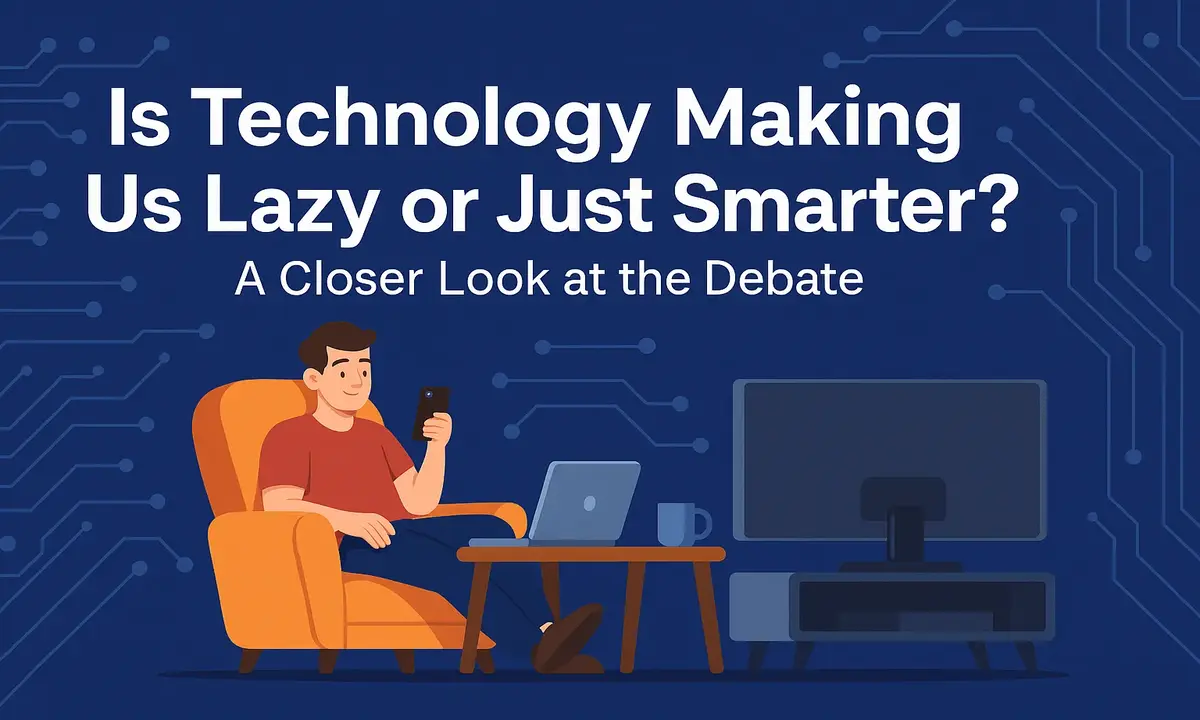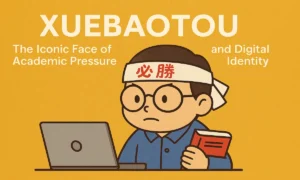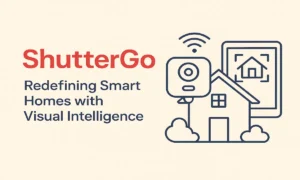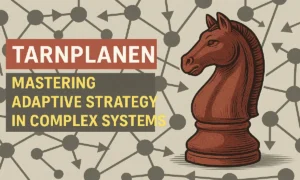Technology is changing how we live, work, and relax. It saves us time, keeps us connected, and helps us get more done. But with all this convenience, people are asking a big question: is technology making us lazy?
In this article, we will explore how technology affects our habits, from physical movement to mental engagement. We’ll weigh both sides of the argument and discuss whether tech is making us lazy or enabling us to achieve more than ever before.
Lets get started!
How Technology Changed Our Daily Life
Modern technology has revolutionized everyday tasks. What once took hours can now be completed in minutes. For example, banking, shopping, and even doing household chores have become easier with the rise of apps, smart devices, and online services.
The convenience is undeniable; we can now order food, pay bills, and check the weather without ever leaving our couches.
However, this convenience comes with its own set of challenges. With so much technology, we’re spending more time sitting than moving.
Whether it’s working remotely, ordering online, or using apps for communication, we often find ourselves glued to screens for long hours, leading to fewer physical activities.
The Comfort Trap: Convenience vs. Effort
Technology offers a significant level of comfort. With a smartphone, we can control nearly every aspect of our lives: adjusting the thermostat, locking doors, or even making a cup of coffee through a smart machine. At first glance, this is a fantastic leap forward, saving time and energy.
But with comfort comes the risk of laziness. The less we have to do manually, the less we move. We can easily order food without stepping outside or text a friend instead of meeting them face-to-face.
This easy access to everything might be creating a culture where effort is optional, leading to a decline in physical movement and activity.
Read More: Deepfake Technology Raises Questions About the Ethics of Quizlet
Physical Activity: Decline in Movement
One of the most noticeable consequences of our reliance on technology is the decline in physical activity. Technology has replaced many physical tasks with digital solutions.
Take work, for example—more people are working from home, which means fewer people are walking to the office, climbing stairs, or even getting up to grab a cup of coffee from a colleague.
The result is clear: sedentary behavior is on the rise. The convenience of using online shopping, watching shows on streaming platforms, or playing video games contributes to a lifestyle that promotes inactivity.
This not only impacts our weight but also poses long-term risks for heart disease, muscle weakness, and joint problems.
Mental Engagement: Easier, But Smarter?
Technology has also changed how we engage mentally. Gone are the days when we had to memorize phone numbers or look up directions on paper maps. Now, we rely on GPS and search engines like Google to handle much of this information for us.
While this makes life easier, some argue it comes at the cost of mental sharpness. There’s concern that we’re losing critical thinking and memory retention. Instead of working through problems, we might immediately reach for our phones to find the answer.
Yet, others argue that this shift allows us to focus on more complex tasks. By freeing up mental space for creativity and strategic thinking, technology could, in fact, be making us smarter.
Social Connections: Real or Virtual?
The internet has connected us in ways unimaginable a few decades ago. Social media, texting, and video calls allow us to keep in touch with friends, family, and colleagues, regardless of where they are. This digital world makes communication easier and faster.
But this convenience has led to a decline in face-to-face interactions. Instead of having a conversation over coffee, we might text or chat on social media.
While these digital interactions have their benefits, they often lack the depth and emotional connection that in-person meetings provide. It’s easier to stay in touch, but harder to form strong, personal bonds.
Work Efficiency: Boosted or Bothered?
Technology has significantly boosted work efficiency. With the help of tools like email, video conferencing, and project management apps, we can accomplish more in less time.
We can collaborate with people across the world, access files from anywhere, and automate repetitive tasks to save time.
However, with all these tools comes a downside. Constant notifications, the pressure to multitask, and the ability to work from anywhere have led to burnout and decreased productivity for many.
While technology can increase efficiency, it can also overwhelm us if we don’t manage it properly. The key is learning how to use tech to streamline work without becoming distracted by the constant flow of information.
Also Visit: Why Kia Engines Use Turbo Technology: Power, Efficiency, and Innovation
Entertainment: Binge Culture and Passive Living
Entertainment has changed dramatically in the digital age. Streaming services like Netflix, YouTube, and social media provide endless hours of content. We can watch our favorite shows, listen to music, or catch up on viral videos at any time of day.
While this provides endless enjoyment, it also encourages long hours of passive consumption.
The binge culture that technology fosters often leads to hours of sitting still, with little to no physical movement. Instead of going outside to play or engage in creative activities, many people spend their free time glued to a screen.
This passive lifestyle reduces opportunities for physical activity and real-world engagement, which may contribute to a more sedentary and, arguably, lazy lifestyle.
Education: Learning Made Easier or Lazier?
The digital age has transformed how we access education. Students can now take online courses, watch educational videos, and access e-books from anywhere in the world. This has made learning more accessible and convenient than ever before.
But it’s not without its downsides. With so much information available at our fingertips, some students may take shortcuts, relying too heavily on technology for answers instead of putting in the effort to learn.
While online resources are fantastic tools, they can also encourage lazy habits if students don’t develop discipline and a solid work ethic.
Health Impacts: Physical and Mental
While technology offers many health benefits, such as fitness trackers, meditation apps, and virtual healthcare, it also poses significant risks. Prolonged screen time can lead to eye strain, poor posture, and disrupted sleep patterns.
For many, spending hours on devices can also lead to mental health issues like stress, anxiety, and depression.
On the flip side, tech can also support healthier lifestyles. Fitness apps provide personalized workout plans, and meditation tools help reduce stress. Virtual therapy is also making mental health support more accessible.
The key is balance—while tech can enhance health and wellness, overuse can harm both our physical and mental well-being.
Are Kids Growing Up Lazy?
Children today are growing up in a world full of technology. Tablets, smartphones, and video games are a constant part of their lives. While these tools offer learning opportunities, they often replace outdoor play and face-to-face interactions with peers.
This shift has resulted in a decrease in physical activity among kids. Instead of running outside, they might spend hours in front of a screen. This lack of exercise can lead to obesity and hinder the development of social skills.
It’s important for parents to find a balance between screen time and outdoor activities, ensuring that children develop physically and socially.
Technology as a Tool: Depends on the User
At the end of the day, technology itself is neither good nor bad—it’s a tool. How we use it determines its impact on our lives. Technology can make us lazy if we let it, but it can also help us achieve more if we use it mindfully.
For instance, we can use technology to automate tasks, manage our time, or learn new skills. We can choose to let it make us comfortable and complacent, or we can embrace its potential to make our lives more efficient and fulfilling. The responsibility lies with us as individuals.
Finding the Right Balance
Finding a balance between technology and real-world activities is essential. Technology should complement, not replace, our daily routines.
It can help us be more productive, stay informed, and improve our quality of life—but it shouldn’t come at the cost of our health, relationships, or mental well-being.
One way to achieve this balance is by setting boundaries for screen time and making time for physical activity. We can also schedule moments of rest and offline time to ensure we’re not overwhelmed by technology. Creating a healthy tech-life balance is key to leading a more fulfilling and active life.
Conclusion: Smarter, Not Lazier
In conclusion, technology isn’t inherently bad—it’s all about how we use it. If we allow technology to replace physical activity, reduce face-to-face interactions, or make us overly reliant on gadgets, we could indeed become lazy.
However, if we use it wisely, technology can enhance our lives, making us smarter, more efficient, and more connected.
Ultimately, it’s up to us to manage our relationship with technology. By finding the right balance, we can use tech to our advantage without sacrificing our health or happiness.
FAQs
Is technology really making people lazy?
It depends on how it’s used. While it reduces physical effort, it can also increase efficiency and free time for other activities.
How does technology affect children’s development?
Too much screen time can harm physical and social skills. Balanced use with active play is essential.
Can technology help us stay healthy?
Yes, fitness trackers, meal planning apps, and virtual health tools promote wellness when used correctly.
What are the signs that I’m becoming too dependent on tech?
Signs include less physical activity, poor sleep, difficulty focusing, and avoiding in-person interactions.
How can I create a healthy tech-life balance?
Set screen time limits, schedule offline activities, and be mindful of how and when you use digital tools.












